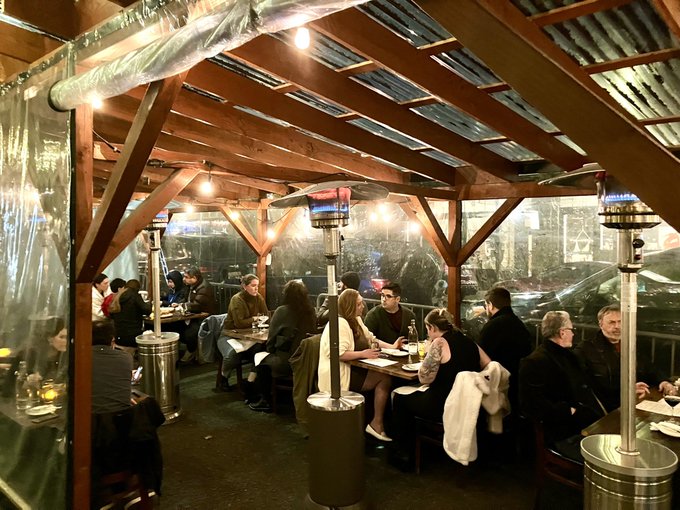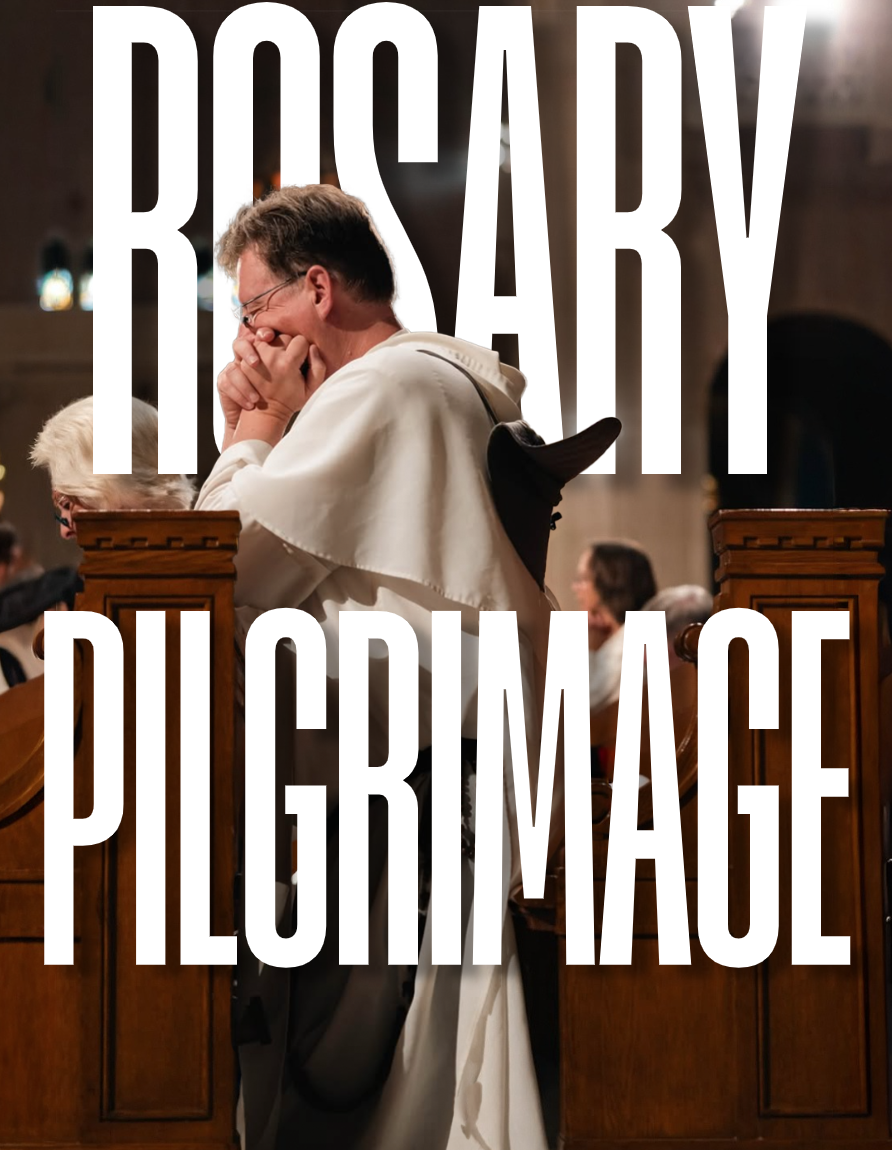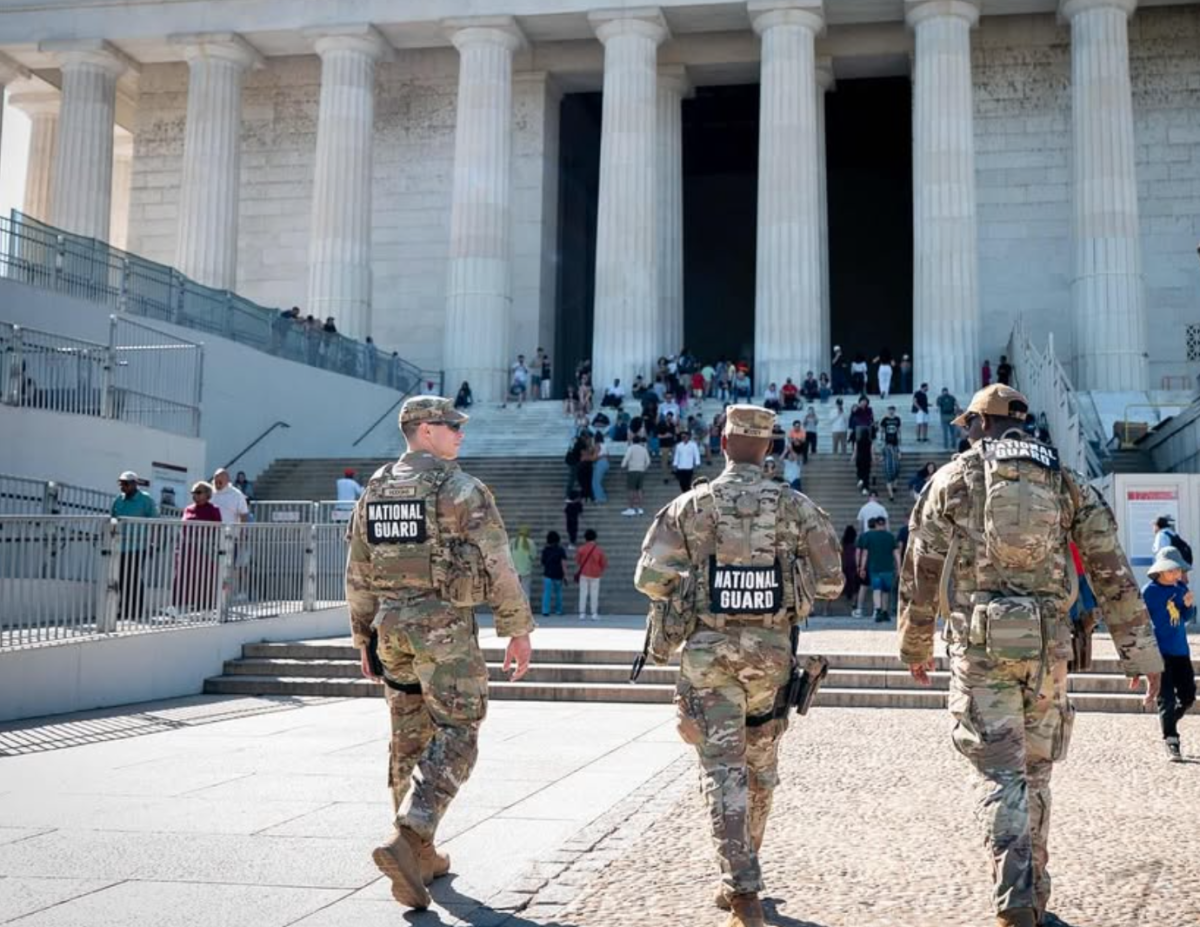I hate the outdoor dining fixtures that exist all around New York City. You know — the ones that look like dilapidated sheds when you walk on the sidewalks of New York City or maybe even your own hometown. These structures were erected during the COVID-19 pandemic when people started to feel comfortable enough to leave isolation and enjoy a nice meal at their favorite restaurant. Whether it be at a well-known fine dining establishment or a local taqueria, in the beginning, these structures were an amazing idea. They were groundbreaking and some could even be considered works of art. However, as a result of poor maintenance and failing the test of time, they are now horrendous eye sores. Eye sores which, personally, give me a headache every time I walk by one of them. Oftentimes, you can see the once clear plastic that was supposed to be a nice sunroof become yellow-tinted and barely translucent. You might see or smell a pool of stagnant brown water that a LifeStraw probably wouldn’t even filter. They’re overall unhygienic. For this reason, I’m ecstatic that the new NYC regulations about outdoor dining structures are being released.
If you don’t know what I’m talking about, New York City has recently released new regulations for these outdoor dining structures. The updates were recently rolled out in the hopes of improving and alleviating some of the criticisms of these disgusting sheds. The new regulations provide specific guidelines on how outdoor dining structures are to look if they are going to exist. They command that all structures be designed with an open air concept, provide adequate drainage, pest management barriers and are visually appealing and hygienic.
Looking through the lens of a restaurant owner, these regulations seem awful. Redesigning an outdoor dining structure seems like a terrible financial decision. The winters in New York are cold, and most people would choose to not eat outside. Nonetheless, the weather is beautiful and allows for outdoor dining for about five months a year. This is why the regulations encourage structures that can be easily dismantled and stored away during the cold winter months, providing an opportunity to allow the structures to last longer than they would if they were unnecessarily exposed to the harsh winter elements. They also maintain the clean and visual appeal the city is looking for.
Apart from investing in something that is only used about half the year, owners are dreading the idea of throwing out an initial investment and spending money on something completely new. Restaurant owner Dino Redzic, who owns Uncle Paul’s Pizza in Midtown Manhattan, spent $36,000 on his outdoor dining structure during the initial emergence of the sheds post-lockdown. He properly created his shed and actively maintains it. Regardless of the proper maintenance, his shed would not adhere to today’s regulations. He’s decided that the fines he would accumulate for violating the regulations would be cheaper than constructing a whole new structure. If profitable establishments are able to afford and ignore the fines, will the new regulations actually change anything?
I think this is a negative outlook for restaurants. Suppose outdoor dining can be beautified and improved as an experience. In that case, it doesn’t only heighten the visually appealing aspect of these outdoor dining fixtures, but it also enhances the outdoor dining culture in New York City. New York City is not an ideal place to eat outside. The sidewalks are usually crowded; people are pushing each other to get places and getting from point A to point B is the only priority. Promoting an outdoor dining culture can promote a shift in the overall culture of New York City. In other major cities like Paris, outdoor dining is a part of the overall culture. Going to the café and enjoying a meal is normal, allowing for a place to relax outside of where people live or work — a point C, commonly known as a third place. Not only can outdoor dining promote a cultural change, but it also allows for inclusivity. Redesigning the structures can allow for wheelchair accessibility to be in the designs. Among other ideas, establishing an outdoor dining culture allows for relaxation while embracing the environment, which can mitigate stress from the daily hustle and bustle and improve public health.
I’m excited to see how the new NYC outdoor dining regulations will play out. I think this is an opportunity for a new chapter to be written. Restoring the aesthetics of the streets in New York City permits further appreciation from tourists. Additionally, restoration is beneficial for the people who live in the city while allowing restaurants to play a role in the potential culture shift that can and should happen. The regulations show that the city administration is actively trying to find ways to improve public health, provide decluttered streets, reduce pest infestations and promote an overall cleaner city.
The new regulations will be a great start to walking in the right direction in building a more inclusive and beautiful culture in New York. Eliminating the shed structures and replacing them with more open-air structures will allow for inclusion. Wheelchair accessibility can be applied in the planning, and proper drainage and barriers will be implemented to further promote positive public health.
Mike Angelo Rodriguez, FCRH’27, is a political science major from Atlantic City, N.J.









































































































































































































